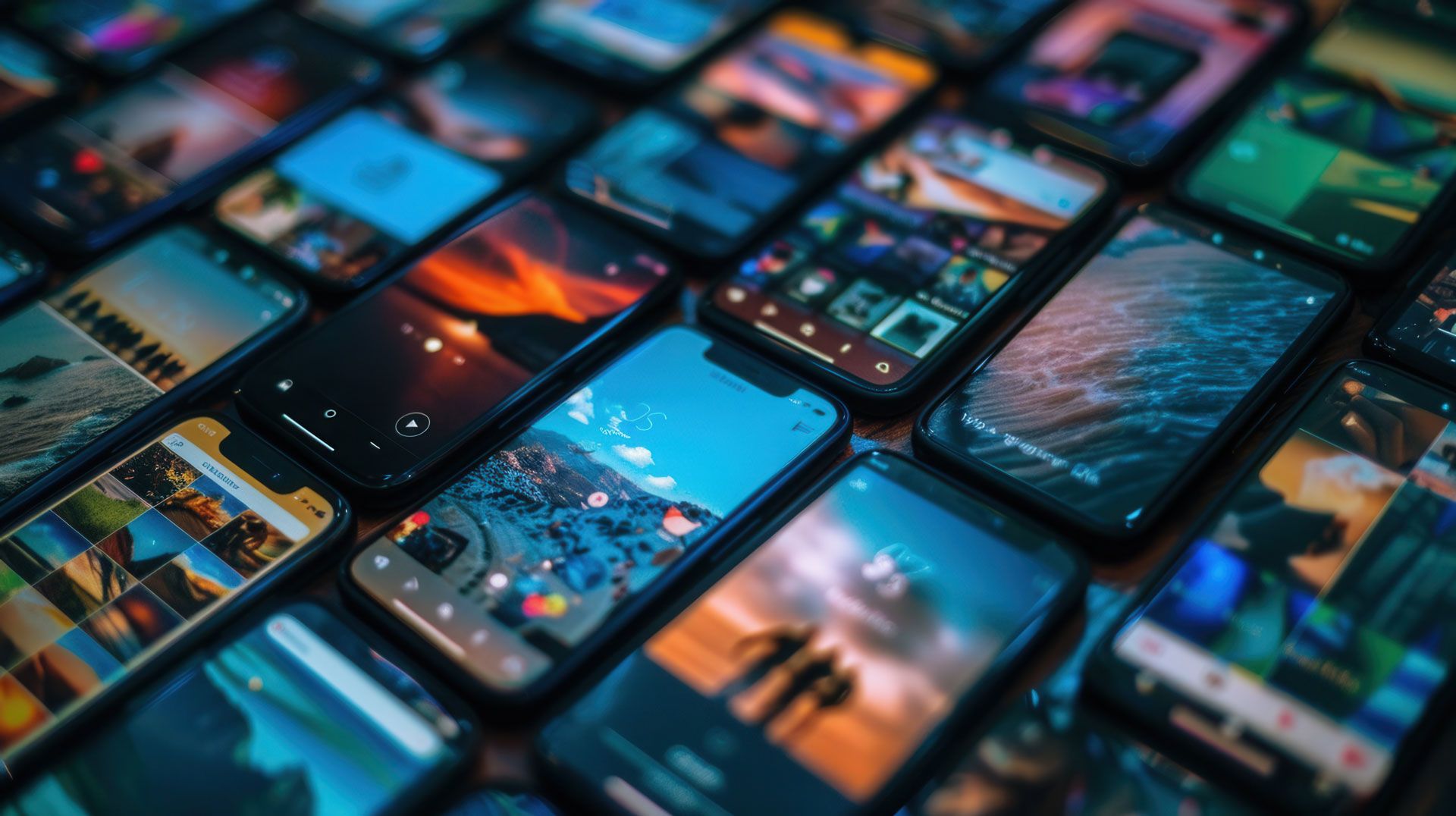
Consumer awareness helps to combat counterfeit ICT devices
By Tejpal Singh, ITU-T Study Group 11 Chair and Advisor at Telecom Regulatory Authority of India (TRAI)
As the world becomes increasingly interconnected, the rapid uptake of new technologies presents vast opportunities. But it also creates new challenges.
One of those is counterfeit devices, the spread of which harms consumers, manufacturers and economies worldwide.
Nearly one in five mobile phones shipped internationally is fake or counterfeit, according to a report by the Organization for Economic Co-operation and Development (OECD).
Counterfeit information and communication technology (ICT) devices infringe on trademarks, intellectual property rights, and brand reputation. Unauthorized replication of hardware and software designs, along with violations of brand and packaging rights, undoubtedly result in revenue loss for tech companies.
But such devices also disrupt networks, degrade service quality, and pose risks to user information security, public health and safety. They also add significantly to e-waste – the discarded electrical and electronic equipment that mostly piles up unrecycled.
These counterfeit ICT devices often do not conform to national and international technical standards, regulatory requirements, and manufacturing licensing agreements.
The unchecked proliferation of counterfeit and stolen telecommunication/ICT mobile devices in public land mobile networks (PLMNs) poses a serious challenge to regulators, law enforcement agencies and end consumers and adversely affects the economy in general.
New ITU standard against counterfeiting
The International Telecommunication Union (ITU) develops ITU-T standards aimed at combating counterfeit and stolen ICT devices.
ITU-T Study Group 11 – a lead group on signalling requirements, protocols, test specifications and combating counterfeit telecommunication/ICT devices – recently approved the new Recommendation ITU-T Q.5054 “Consumer-centric framework for combating counterfeit and stolen ICT mobile devices”.
This new standard defines a framework which allows consumers to verify the authenticity of mobile telecommunication/ICT devices which enter the mobile network ecosystem through multiple channels. The use of reference unified platform framework defined in this standard can help different stakeholders and end-consumers to verify the device identifiers, its origin and product chain.
This framework can also be used to track lost or stolen devices and restrict their use in existing mobile networks.
The standard builds on the series of ITU-T standards on this topic, including ITU-T Q.5050 and ITU-T Q.5051, which provide general frameworks of solutions aimed at combating counterfeit and stolen ICT devices.
Raising consumer awareness
ITU encourages original equipment manufacturers, law enforcement agencies, mobile network operators, and regulators to work together to implement these technical solutions and ensure the integrity of device identifiers.
The fight against counterfeiting ICT devices requires global collaboration and a comprehensive response, with dedicated campaigns to alert the tech-buying public.
It is essential to encourage consumers to take proactive steps in identifying and avoiding counterfeit ICT devices.
ITU’s standards provide a valuable framework to address such challenges – a key step to ensure a safer and more secure digital future for all.
The organization’s membership encompasses 194 member states and over 1,000 companies and organizations spanning all aspects of global tech.
Technical collaboration involves hard work. But together with broad awareness, it can greatly reduce the harms caused by counterfeit devices to consumers and the global economy.
Study Group 11 continues working with ITU members – especially those focused on mobile devices and networks – to set practical and effective standards against device counterfeiting and software tampering. Learn more.
Header image credit: Adobe Stock
